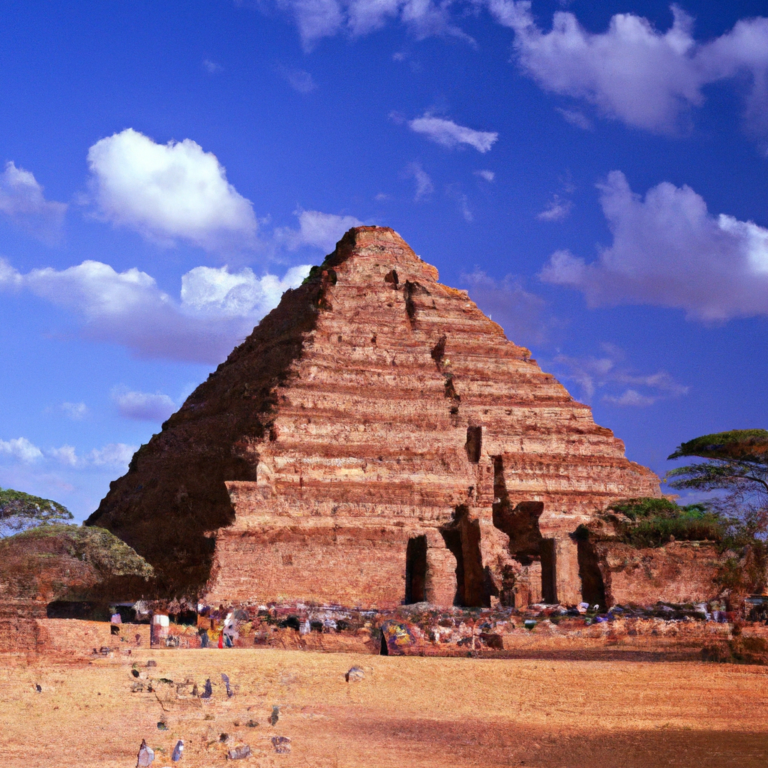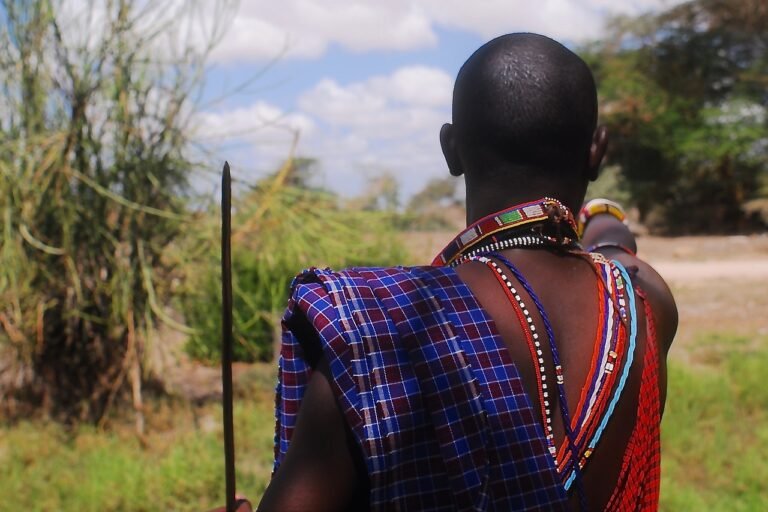How Has Healthcare Evolved In Kenya Over The Years?
Over the past few decades, the healthcare landscape in Kenya has undergone a significant transformation. From the establishment of health centers in remote areas to the adoption of new technologies, the evolution of healthcare in Kenya has brought promising advancements. This article will explore the key milestones that have shaped the healthcare system, including the impact of innovative initiatives, improved accessibility to medical services, and the challenges that lie ahead. Get ready to discover how healthcare in Kenya has evolved and the positive changes that are paving the way for a healthier nation.
Pre-Colonial Era
During the pre-colonial era, traditional healing practices played a significant role in the healthcare system of Kenya. Indigenous communities relied on herbal medicines, rituals, and the wisdom of traditional healers to address various health conditions. These healers, often regarded as spiritual leaders, possessed extensive knowledge of medicinal plants and used them to treat ailments and promote healing. Community-based care was also prevalent, with families and community members taking collective responsibility for the health of their members. Elders and wise individuals in the community provided guidance and support to those in need, fostering a sense of interconnectedness and mutual care.
Colonial Period
The introduction of Western medicine marked a significant change in the healthcare landscape of Kenya during the colonial period. Missionaries and colonial administrators brought with them modern medical practices and technologies, which were initially established in mission hospitals. These hospitals played a crucial role in providing healthcare services to Kenyan communities, particularly in areas with limited access to medical care. Under colonial rule, healthcare was primarily provided by foreign medical practitioners and was often only accessible to privileged individuals who could afford it. This limited access to healthcare for many Kenyans and emphasized the disparities within the system.
Independence and Post-Independence Period
With Kenya’s independence in 1963, a shift in healthcare policies and practices occurred. The newly formed government recognized the importance of improving healthcare services for all citizens and implemented a national health policy. The aim was to expand access to healthcare, improve public health infrastructure, and develop a skilled healthcare workforce. The establishment of public hospitals and health centers across the country helped to bring healthcare services closer to communities. Additionally, the government increased investment in healthcare workforce development programs to address the shortage of healthcare professionals.
HIV/AIDS Crisis
The HIV/AIDS crisis presented a significant challenge to the healthcare system in Kenya. The impact of the epidemic was felt at all levels, from individual patients to the national healthcare infrastructure. The government, along with international partners, responded to the crisis by implementing comprehensive prevention and treatment programs. The global community provided significant support and funding to combat the epidemic, enabling the implementation of widespread awareness campaigns, testing initiatives, and the introduction of antiretroviral therapy (ART). These efforts have played a crucial role in reducing HIV transmission rates and improving the quality of care for individuals living with HIV/AIDS.
Devolution of Healthcare
In recent years, Kenya has undergone a process of devolution, which involves the transfer of power and resources from the national government to county governments. This decentralization of healthcare has resulted in both challenges and opportunities. County governments are now responsible for the planning and management of healthcare services in their respective regions. This shift has helped to address regional disparities in healthcare access and has allowed for more localized decision-making. However, challenges such as limited resources, capacity gaps, and coordination issues have also arisen. Efforts are being made to strengthen primary healthcare services and improve coordination between the national and county governments.
Universal Health Coverage
The introduction of the National Health Insurance Fund (NHIF) has been a significant step towards achieving universal health coverage in Kenya. NHIF aims to provide financial protection and access to healthcare for all Kenyan residents. Through contributions from members and support from the government, the NHIF has been able to expand its coverage and offer a wider range of healthcare services. The NHIF is working towards ensuring that all Kenyans have access to quality healthcare without suffering financial hardship.
Technology and Innovation
Technological advancements and innovations have played a crucial role in improving healthcare delivery in Kenya. Telemedicine and e-health initiatives have helped to overcome geographical barriers by allowing patients to access healthcare services remotely, particularly in remote or underserved areas. Mobile health applications have also emerged, providing healthcare information, tracking tools, and even enabling virtual consultations with healthcare professionals. Additionally, health information systems have been implemented to facilitate efficient data collection, management, and analysis, aiding in decision-making and policy development.
Improvements in Maternal and Child Health
Efforts to improve maternal and child health have led to significant reductions in maternal mortality rates in Kenya. Increased access to skilled birth attendants, improved antenatal and postnatal care, and the expansion of family planning services have contributed to these positive outcomes. Expanded immunization programs have also played a crucial role in protecting children from vaccine-preventable diseases. Health education initiatives have helped raise awareness about maternal and child health, empowering individuals and communities to make informed decisions to safeguard their wellbeing.
Emerging Health Threats
Non-communicable diseases (NCDs) pose a growing health challenge in Kenya, fueled by changing lifestyles and urbanization. The government has recognized the need to address NCDs and has initiated programs to promote healthy lifestyles, early detection, and management of these diseases. Infectious disease outbreaks, such as cholera and malaria, continue to present challenges, particularly in disadvantaged communities. Climate change and environmental health are also emerging threats, impacting the health of communities through air pollution, water scarcity, and changing disease patterns. Mitigation and adaptation strategies are being developed to address these interconnected challenges.
The Way Forward
To ensure the continued evolution and improvement of healthcare in Kenya, various steps must be taken. Investing in healthcare infrastructure is crucial, particularly in underserved areas, to improve access to quality services. Increasing health financing is essential to sustain and expand healthcare programs, allowing for innovations and improved service delivery. Collaboration and partnerships between government entities, non-governmental organizations, and international stakeholders are vital to address challenges collectively. By focusing on these areas, Kenya can continue to make significant strides towards an inclusive, effective, and resilient healthcare system that meets the needs of its population.







